We have just begun year two and welcomed 220 new learners to our wonderful kura bringing our roll to 448. The people, both young and old we are all learners and we are all learning everyday this makes it a wonderful fast-paced place to be.
At the start of 2017 I set out the challenge to all staff and learners to write a letter to themselves in the first week of being part of the college community. We put those letters in a kete, upon leaving that person gets their letter. The learners write “Dear future me” or “Dear year 13 me”, and each staff member will have a different timeline.
All new members of our community are going through this process at the moment. I love this idea and I really wish I had followed through and written my letter in 2017! I have a few blogs which pin point where I was at at certain times in the year but I have missed the opportunity (and I’m not the only one!) to have that letter from day 1.
So writing this letter at the start of the College’s second year I want to reflect on 3 key areas that I would not have even considered a year or more ago. I didn’t know what I know now and have a deep understanding of the importance of connecting with learners, learner leadership and collaboration. Here’s my reflection and goals for my time at Horoeka Haemata for 2018.
Learners
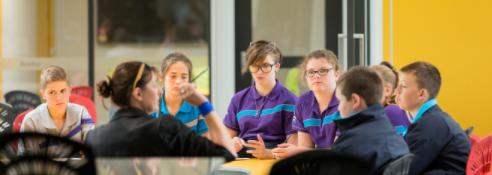
This was my Ako group early in 2017, Hotoke 4, we are in the middle of ‘Check and Connect’. Something all Ako groups do each morning. We discuss ‘peaks and pits’ or ‘what’s on top’, what ever the topic we check in each day ’round the table this is a way of gauging where learners are at, learners get to check in with each other and learn from others who they might not normally connect with. This group will travel on their journey through the College together, meeting daily and discovering more connections. I can’t wait to see where they are at in 2021!
A key reason why I wanted to work in this environment is the importance I place on relationships within the school community. So connecting with the learners in my Ako group and all other classes was a no-brainer. But what about the adults we work with. No longer in a single cell or on the far side of the school in a block on your own. I am now working in shared spaces both in my teacher workspace and the learning spaces. I see more adults in my day, which is nice and it reaffirms by belief in the importance of connecting with the staff as well as the learners. This also highlights that taking the time to connect as people outside of the job is important. I have one colleague who works in a similar manner to me and we often get straight to the point regarding the lesson when we worked together in term 4 and we discussed our work modes during this time both acknowledging that is what we do but it doesn’t mean we don’t care. We often chat personal after the ‘on top’ stuff and teaching are done. With other team members I start with them before we get into work mode. Knowing your people and their needs is super important to build the trust that is needed. The trust that you will get the job done and the trust that you care about them as a person.
Leadership
The image below is our 35 learner leaders (all yr9) from 2017. This pic is from the leadership day they spent with the student leaders from Middleton Grange. The older students were able to share their knowledge and experience of leadership and ran workshops through the day.
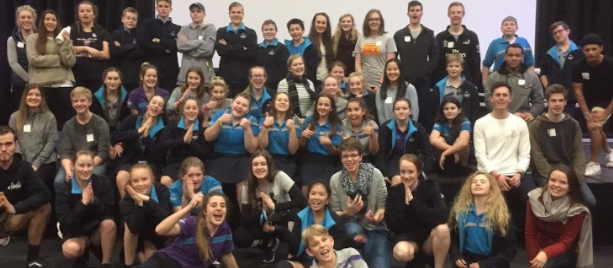
The learner leadership team are a great example of how the learning has gone beyond the “classroom” and learners have the opportunity to take things in any direction.
We had a vision for learner leadership where the learners would get to have their say. Research was carried out in 2016 to see what learner leadership would look like. On day one someone asked ‘Is there going to be a head girl?’ the response was ‘how would we do that? Are you head girl for a year? what if you do a really good/bad job?’ does that mean you get to stay on? do you give it up after a year?’ There is no correct response but it was food for thought and gave the learners something to think about. Their idea of traditional leadership models was challenged, we know one size does not fit all and accepting that we don’t have to have everything decided, ratified and set in stone has allowed for freedom of expression and adaptation of an idea to suit the learners.
A good example of the organic leadership model in the college is even though the leadership roles we set up they were modified in each whānau to suit what was happening in that environment. Basic roles were Whānau Ambassador (the cheerleader front people responsible for mustering spirit), the Hauora Council (along the lines of student council). Each whānau approached this in different ways, some had 2 whānau ambassadors, some had 4 including deputies, some had none and the learners were fluid adapting and fulfilling a role when needed depending on their skills, availability and passion for the project.
Had a written this letter to myself I never would have imagined I would see leadership grow across all areas of the school. We are at the point now where we are reviewing what we developed and looking to the next year of leaders and aiming for over 40 leaders. What I have confirmed over the year is that you don’t need a badge to be a leader and your badge doesn’t make you a leader.
Collaboration
Another area for reflection after one year as a typically functioning school is the collaboration aspect. As a staff we are part of several teams some are relatively fixed such as SLT, Learning Leaders (similar to HOF/HOD), Whānau. Some are fluid such as learning teams connected, selected and committees which may have changed each term or as the needs arise. Collaborating is a big part of what we do as teachers anyway and as a developing school we are constantly cutting new paths, creating new connections and learning to unlearn everything we ever thought we knew about collaboration!
Collaboration is something I think we would all like to say we do well. I think I do but I’m not so sure. Having a shared doc where activities and learning tasks are added to make sure the learners are busy is a type of collaboration. You need to take the time to chat things through and as teachers we are so often time poor you just have to hit go and go with your instincts and experiences to be able to engage the learners.
A personal challenge this year is to collaborate better. I am working as part of some new teams and some existing teams. I can draw my previous experiences but this cannot simply be transplanted to each new context, team or group. It can be a starting point but not the only point you visit. My first advice to our new staff was Take your time & be a sponge and this is what I intend on doing to move forward.
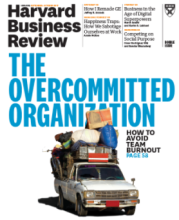
Upon recently reading the Harvard Business Review Sept-Oct 2017 edition I read an article on Multi-teaming which supports collaboration in the workplace. It outlined the pros and cons of this and the reason why many companies are moving towards this. This has given me some insight into where I need to go next and how my thinking needs to change.
Multi-teaming increased efficiency recognising that a team doesn’t need 100% of the people 100% of the time. It allows for the transfer of knowledge from different pathways that may have never been explored. It allows for highly specialised people to dip in and out when needed.
The risks involved include the transmitting of shock when all are busy, the group cohesion can suffer, and burn out. However technology allows us to be connected when not physically present. I am working on a shared doc at present as part of a new initiative within the kura and the discussion everytime we meet is ‘we need to get onto this application doc’ I had missed the initial meetings and felt like it wasn’t mine (my own thoughts not the groups!) I finally engaged in the doc and was able to add the depth need in the a specialised area, this is me dipping in. I get it! True collaboration means you’re not stepping on toes and even if you are if you know your team and they know you have trust and the relationship to move the project forward. Collaboration is not about me and how I feel it is about the team. Even though my task focused brain may have seen the conversation of ‘we must get on to this doc’ as a time wasting meeting, it was us laying the ground rules for our team, hearing ideas, listening, processing, feeding back and then making a move. Slow and steady rather than knee jerk reactions.
One of my first reflections to staff after I had been in this role for a term was stop look listen and breathe. Good things take time and so does collaboration part of my goal for collaboration this year will also include Engaging in robust conversations. To do this I don’t need to be a steam roller with my ideas, throw them out there see what people think and steam roll ahead while they process. I need to stop look listen and breathe, before engaging in robust conversation once everyone has had the chance to process.
If I had written a letter to myself last year it would have said all the right things. I am so lucky to be in the position, I am part of a great team, the opportunities are endless. This is all true however one year on I am able to think deeper and pin point exactly who I am, who I was and who I want to be and I’m not quite there yet but getting closer every day. This blog post is my letter to myself combined with my personal professional goals for the year. I wish I had reflected more over the year on paper or here, but in my head I did and what’s still in there is what is needed.
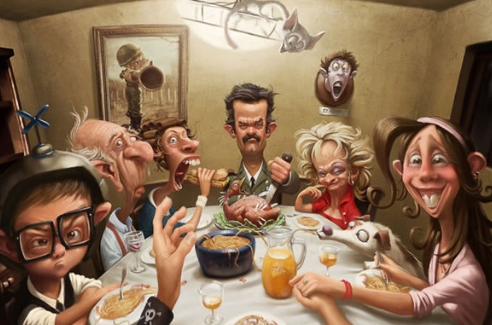
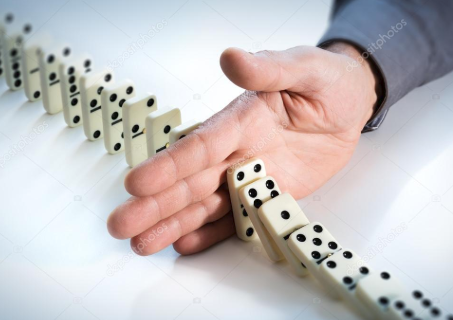
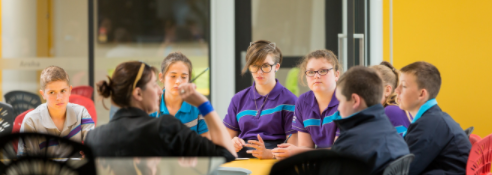




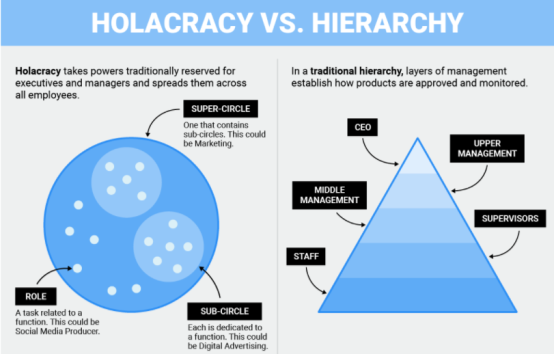
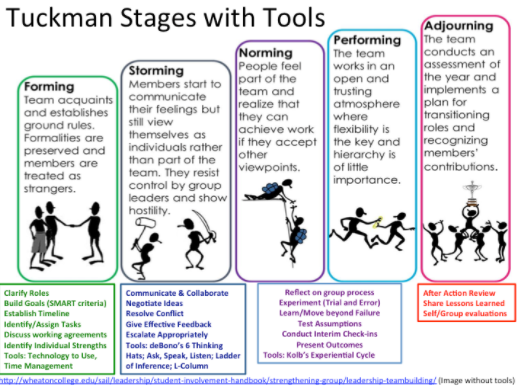
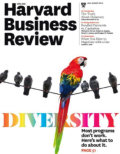
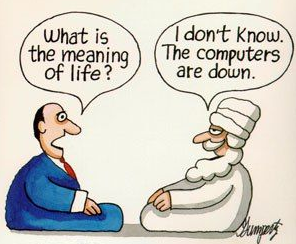
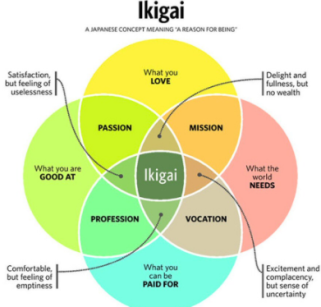
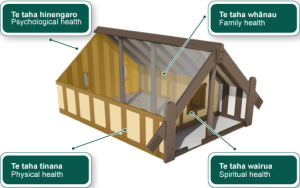
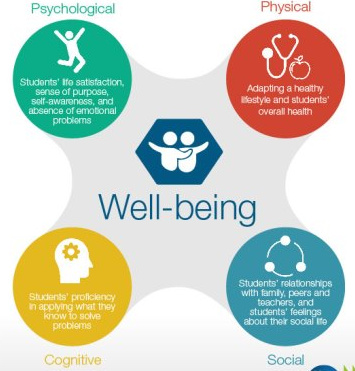


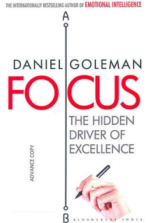
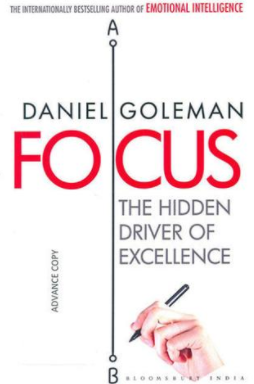
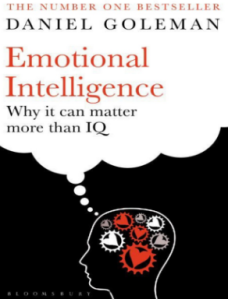 He went on to graduate and become a doctor. The issue was that the grade was not high enough for what he needed for medical school so he got mad. There was a court case and the remaining issue for the lecturer was that he never apologised for his actions. The student was obviously academically intelligent but not emotionally intelligent.
He went on to graduate and become a doctor. The issue was that the grade was not high enough for what he needed for medical school so he got mad. There was a court case and the remaining issue for the lecturer was that he never apologised for his actions. The student was obviously academically intelligent but not emotionally intelligent.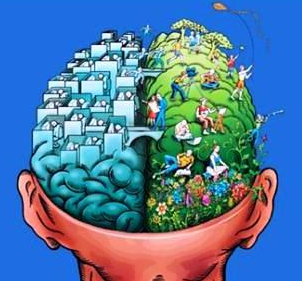
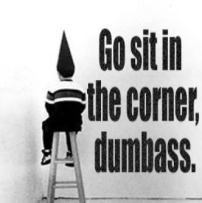

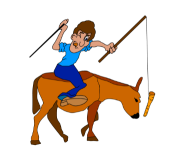
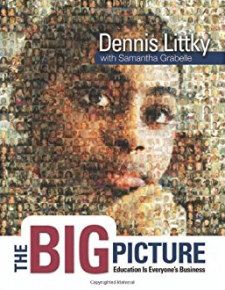 Dennis Littky Co-fonder of Big Picture Learning identifies the importance of teachers being in an ‘Advisory ‘ role for the learner. A few years ago his book “
Dennis Littky Co-fonder of Big Picture Learning identifies the importance of teachers being in an ‘Advisory ‘ role for the learner. A few years ago his book “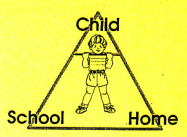
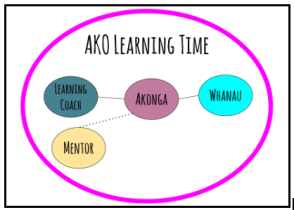
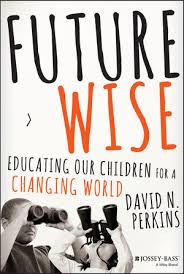
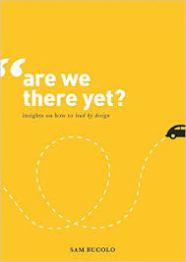 In the business world Design Thinking puts the customer in the frame seeing what they want this something we must consider with our learners.In a “Are We There Yet? Insights on how to lead by design” Sam Bucolo discusses the slow cooker of change and the idea of creating the specific customer for a business. A customer whose needs to could be met through the design process. In business the customer is always right and we want to keep the customer happy. In education the idea is similar, but no profit to be made.
In the business world Design Thinking puts the customer in the frame seeing what they want this something we must consider with our learners.In a “Are We There Yet? Insights on how to lead by design” Sam Bucolo discusses the slow cooker of change and the idea of creating the specific customer for a business. A customer whose needs to could be met through the design process. In business the customer is always right and we want to keep the customer happy. In education the idea is similar, but no profit to be made.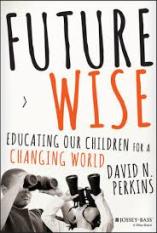 David Perkins “Future Wise: Educating our children for a changing world” discusses that we are used to educating for the known and now need to move into educating for the unknown. Nimble learners who learn for understanding, the question is how do you know you understand. Problem solving is a big part of this. The bigger picture is that understanding is more than knowing and important soft skills are needed to apply the skills we have learnt. Content needs to become meaningful. big understanding help with insight, ethics, actions and opportunities.
David Perkins “Future Wise: Educating our children for a changing world” discusses that we are used to educating for the known and now need to move into educating for the unknown. Nimble learners who learn for understanding, the question is how do you know you understand. Problem solving is a big part of this. The bigger picture is that understanding is more than knowing and important soft skills are needed to apply the skills we have learnt. Content needs to become meaningful. big understanding help with insight, ethics, actions and opportunities.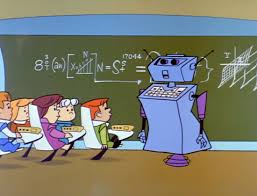 By the way here’s the future of learning from The Jetsons. We don’t have flying cars, but we do still have classes that look like this!
By the way here’s the future of learning from The Jetsons. We don’t have flying cars, but we do still have classes that look like this!